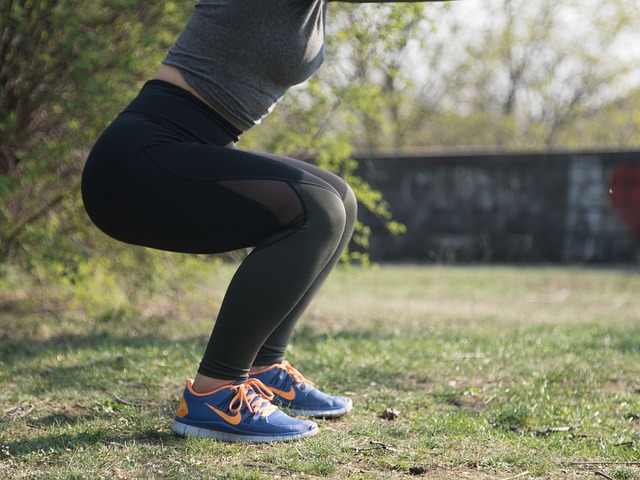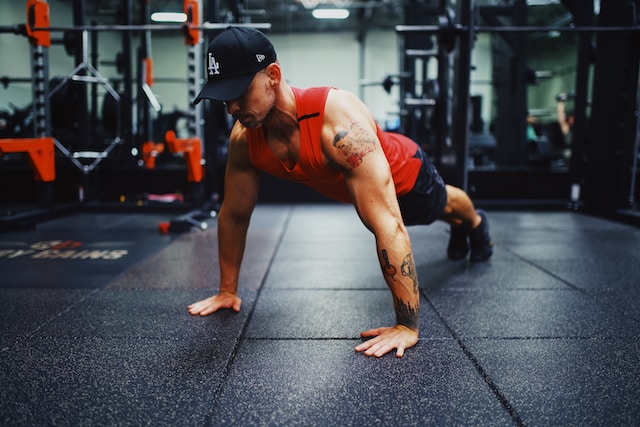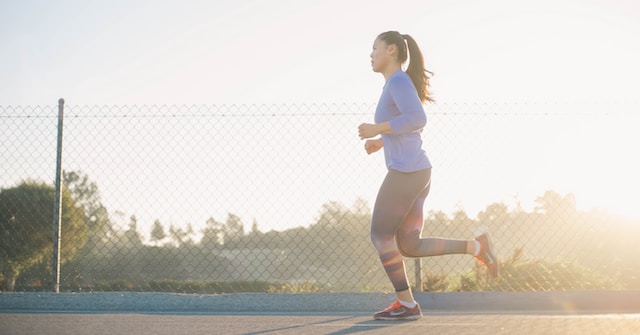Functional fitness focuses on exercises that mimic movements conducted in real life. Improving everyday tasks via your body functions.
This article explores incorporating functional fitness into your workout routine, improving your quality of life and performance.
What Exactly Is Functional Fitness?
You may have heard about it before but scratched your head, wondering what it is.
In a nutshell, it is a workout generated towards improved function with everyday task performance. This training exercises your body for daily activities, like lifting, pushing, pulling, bending, squatting, and twisting.
The results are improvements on tasks like picking up an Amazon package from your front porch or stretching to put a dish away in a high cabinet – things you do daily.
Most functional fitness involves multi-joint movement patterns involving your elbows, spine, hips, knees, wrists, and shoulders.
In addition to wearing clothes that support your workouts, functional workouts help you maintain balance, increase mobility, and so much more.
How Functional Fitness Can Benefit You?
There are tons of benefits to incorporating functional fitness exercises. We touched on a few in the introduction, but there’s much more. It can be helpful to you by:
- Improving Everyday Life
- Increasing Your Mobility
- Giving You Greater Muscle Memory
- Enhancing Your Balance and Posture
- Reducing the Risk of Serious Injury
- Decreasing Back Pain
- Lessening Joint Pain
Your whole well-being can be improved by implementing this into your life. This can include making you a more well-rounded person and improving your health and athletic performance.
Examples Of How It Can Work With Everyday Activities
Here are some examples of functional fitness exercises and how they can improve your everyday life with side-by-side examples.
- Rotation and Twists: When you need to grab something before you or turn around to get something.
- Squatting: Ability to get off a couch – hands-free.
- Step-Ups: Walking up the stairs.
- Core Workouts: Getting in or out of a hot tub.
- Pushups: Pushing a door open.
- Overhead Press: Stretching for something on a tree branch high up.
- Lunges: Tying your shoes.
- One-Leg Balancing: Navigating your balance on ice in the winter.
- Deadlifts: Taking out trash from the container to the dumpster.
While some of these exercises require no equipment (e.g., squats, one-leg balancing, pushups, etc.), some benefit more by having some equipment.

A few pieces of equipment that can help propel you in your exercise are:
- Hand Weights
- Medicine Ball
- Jump Rope
- Resistance Bands
- Special workout clothes
You can also use everyday items at home if you don’t have the proper goods. An example of this is by lifting a jug of water or a bowling ball instead of a medicine ball.
Whatever you have at your disposal can be used; however, it’s typically best to get proper equipment for the home or use at a gym.
Functional Fitness Or Weight Training: Is There A Difference?
Now that we’ve reviewed functional fitness, you understand how it mimics everyday activities. This differs from weight training, centered around building muscle mass and strength by lifting weights.
An example of this is a bicep curl. This tones a certain muscle (bicep) while incorporating the elbow joint. Its purpose is to build the upper arm muscle without much consideration of everyday activities. Functional fitness would be lunging around a kettlebell to help improve balance, flexibility, strength, and form.
See the difference?
Functional fitness and weight training have their benefits but differ in what they aim to accomplish. You can incorporate both into a well-rounded exercise regimen.

Is Functional Fitness For Me?
A good assessment of whether functional fitness is good depends on some circumstances. For example, if you’re over 40, haven’t exercised, or have health issues, you may want to check with your doctor before beginning any new exercise. Also, pregnant women should check with their physician before starting any exercise routine.
It’s usually best to start with an exercise that uses only your body weight for resistance. Once you become accustomed and fit, increase resistance with weights, tubing, or even performing the exercises in a pool.
You can also consult with a personal trainer who can set up a good program for you to begin your exercises.
Over time, as you continue to work out, you’ll see improvements. As we’ve discussed, functional fitness is a great workout routine with numerous benefits. You’ll likely find that, if you can incorporate this into your life, it’s for you.
It’s Phenomenal To Be Functional
Add functional fitness to your daily exercise today to keep your body active for everyday activities. It doesn’t require much equipment and can be done at home or the gym. Considering all the benefits of functional fitness exercises, you’ll feel phenomenal!
You can find much more information on living a holistic lifestyle in these free magazines and on our YouTube channel.
Author Bio: Lindi Rruka is the CEO of Serasox, an environmentally-conscious sock company that specializes in producing high-quality five-toe socks made from bamboo. He has been wearing five-toe socks for years for medical reasons and decided to re-invent and improve upon them to share his love for these socks with the world.






